There is a reverence everywhere you turn in this region by the people of Normandy for those troops of the United States, Britain, France, Canada, Poland, and many others who participated in this military operation. Museums, monuments, cemeteries, and flags of these nations were everywhere to be seen. Truly, I was not prepared for how moving it would be, even only an observer with no personal connection to this place or to the events of this day. Amazing how history came to life there, and how many people still visit this almost sacred place some 61 years after the fact.
Of course, we could not visit every beach, see every museum, or stop at every historical marker but it became quickly apparent that still today there is a deeply felt appreciation by the people of Normandy for the sacrifices made on these beaches and in the weeks that followed. The loss of life that day was great on both sides, Allied and German. It was quite humbling to think that in this moment in time so many people came together to sacrifice so much for one common goal – to bring an end to WWI, at least in Europe. Normandy was the place where the war turned in the Allies favour.
I am not sure how I felt as we toured the US beaches of Omaha and Utah, saw the rugged terrain and desolate beaches that seemed to be a fitting backdrop to the events that occurred here. In my mind’s eye, I tried to imagine what that day must have looked like: when Germans looked out and saw ship after ship after ship on the horizon headed for the beaches, what the Allied soldiers in those Higgins assault boats must have been thinking as the gunfire raged around them as they landed, the scenes on those beaches after the Allies made landfall and began to care for the dead and wounded. Left me a bit speechless….
So, as we started our exploration of the area, we realized that we would only see a small portion of the Normandy invasion sights, but that it would still be a somber experience. And, one I’m not likely to forget for some time.
Our first stop: Omaha Beach, sight of one of the two US landings and the landing sight that suffered the most losses of any of the five landings. Here is the view of the beaches from one of the remaining German bunkers.
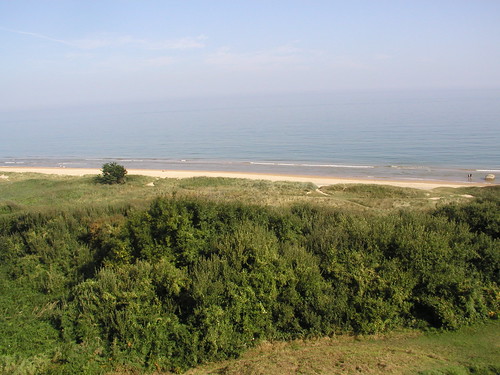
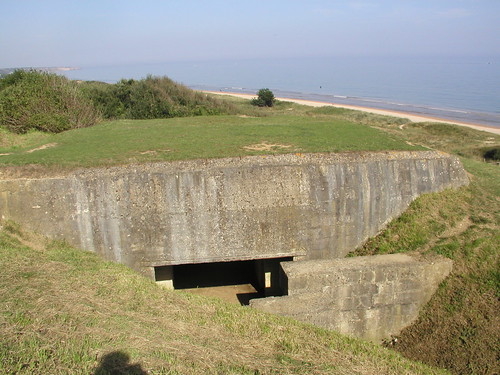
View up from the beaches…this was what US troops would have seen as they landed on the beaches. You can make out a small German bunker at the top of the hill.
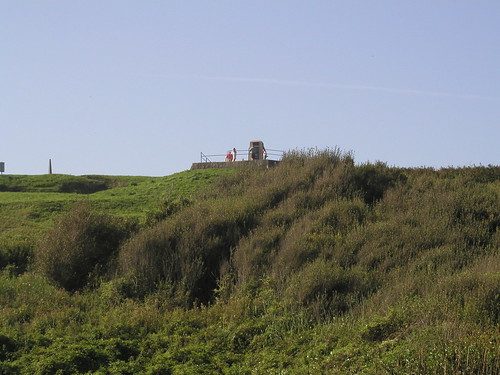
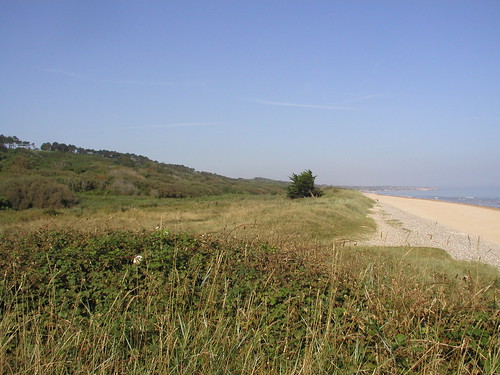
Monument to the Normandy Landings.
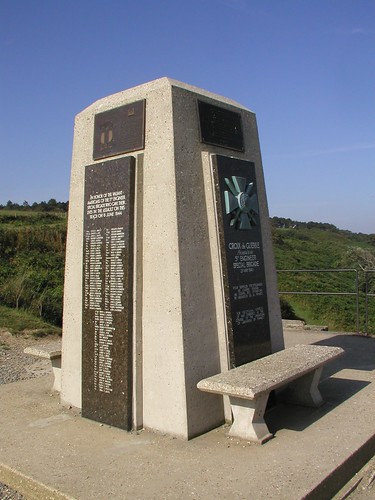
Budman and Hachie Gal at Omaha Beach.
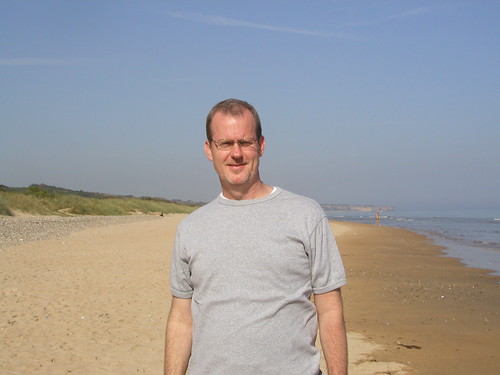

Arromanches-les-Bains: late this evening, the Budman and I had dinner in the small village of Arromanches-les-Bains. Today, in the bay of Arromanches, there are still remnants of the floating harbour that was established for the D-Day invasion. Those little blips way out in the distance are only peices of the floating harbor. General Eisenhower said that victory would have been impossible without this prefabricated harbour, which was nicknamed “Winston”. The Brits essentially hauled the pieces that formed this huge harbour across the English Channel and set them up in Arromanches.
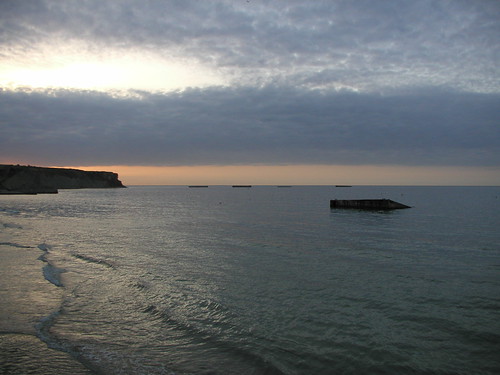
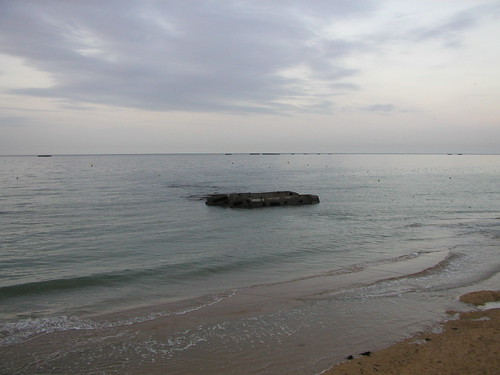


No comments:
Post a Comment